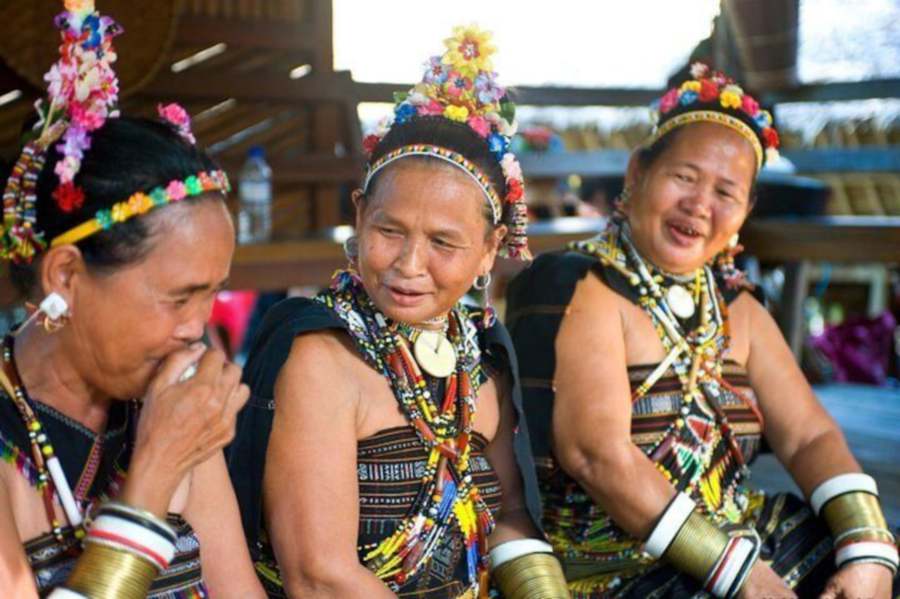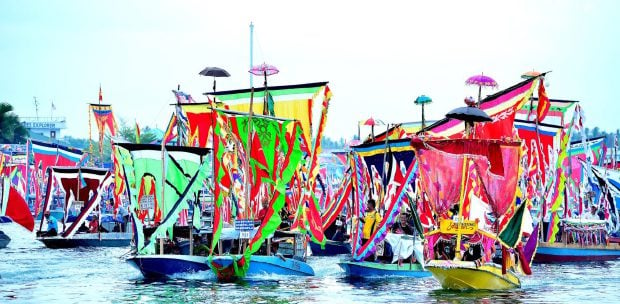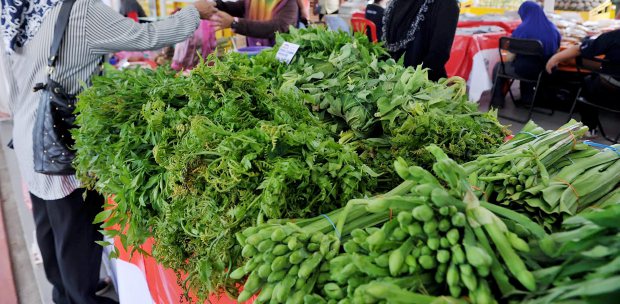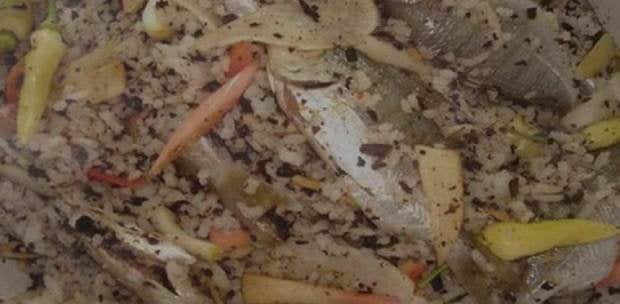SITUATED in the north of Sabah, specifically in the Kudat area, the Rungus community stands out as one of the most traditional ethnic groups in the region. Amidst ongoing changes, the Rungus persist in maintaining their age-old lifestyle, deeply rooted in rice cultivation and the abundance of coconut and banana groves.
Rice is the linchpin of their existence, shaping every aspect of their lives — from preparing the padi fields to the final harvest. While large coconut and banana groves provide economic sustenance, it is their traditional lifestyle that seems to shield them from the hustle and stress of the modern world.
The Rungus, the last Dusunic immigrants to permanently settle in Sabah, have tenaciously preserved their cultural heritage. As a subset of the Kadazan-Dusun group, they boast a distinct language, architectural style, customs, and attire. Even today, especially among the older generation, many continue to don traditional clothing — a poignant link to their untouched roots.
TRADITIONAL LONGHOUSES AMIDST MODERNITY
Venturing into the Kudat area, off the beaten path, one encounters the traditional longhouses that stand as a testament to the Rungus way of life. Unlike the Murut Longhouses in Sabah, the Rungus Longhouse sits closer to the ground, about three to five feet high, with a roof of corrugated iron replacing the traditional atap.
Describing the longhouse as a community hub, it provides a comfortable space for work, relaxation, and socialising. In contrast to the towering longhouses of the past, modern Rungus longhouses rarely exceed 10 doors, each leading to a communal gallery with an elevated bamboo platform.
BALANCING TRADITION AND MODERNITY
Despite the seemingly idyllic and timeless setting, the Rungus are not insulated from modernity. Over the past 30 years, cash crops have opened avenues for economic growth, leading to education and employment opportunities. Many Rungus youth hold university degrees and work in various sectors, including the Sabah State Government.
The Rungus showcase a remarkable ability to blend traditional life with modern ideas. Some engage in tourism-related activities, exemplified by places like Bavanggazo and Tinangol. Sumangkap stands out as a village dedicated to the craft of gong-making — a traditional art mastered by the Rungus.
In conclusion, the Rungus community paints a vivid picture of harmonising tradition with progress. Their ability to preserve ancient skills while embracing modernity reflects a delicate dance between the old and the new — a testament to the resilience and adaptability of this unique Sabahan community.





